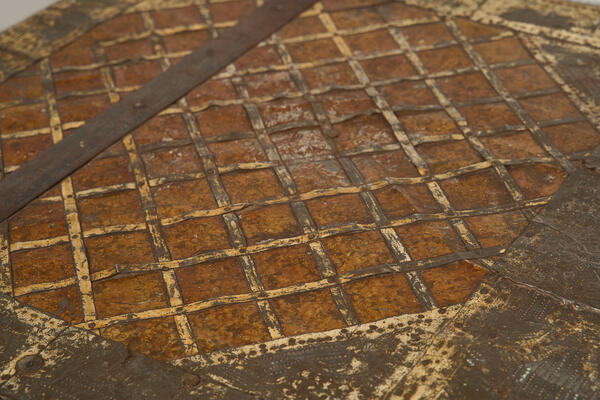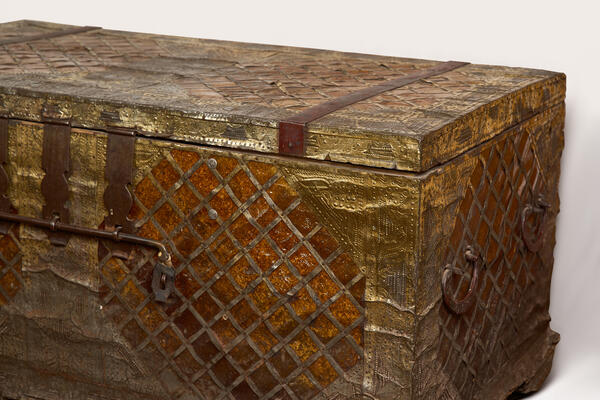A chest is a piece of cabinet furniture. As a rule, it has a hinged or, more rarely, removable lid.
There is no clear indication of when exactly the chest came into use. The first records of this interior item date back to the 15th–17th centuries BC. It is safe to say that chests were in use among the ancient Egyptians and inhabitants of Mesopotamia, as well as in ancient Greece, Rome and China. In the Middle Ages, this type of furniture became very popular and common everywhere.
The chests varied depending on the region: they were decorated with different designs, patterned panels, carvings, and were covered with leather and fabric. Some especially valuable pieces were decorated with gilding and ivory.
To keep the contents safe, chests were fitted with padlocks or more expensive mortise locks, which were sometimes also equipped with secret mechanisms.
In medieval Russia, the chest was used in everyday life, while among the peasants it was the most widespread type of furniture up to the early 20th century. This item was used as a bench during the day and served as a sleeping place at night. At the same time, the chest fulfilled its main function — it stored things and household utensils. For many centuries, wealth in Russia was measured by the number of chests.
To produce this piece of furniture it required the efforts of craftsmen of different professions: carpenters, joiners, blacksmiths, and artists. In the 18th–19th centuries, chests were made in several provinces: Moscow, Vyatka, Nizhny Novgorod, Saratov and others.
Heavy forged iron chests from Veliky Ustyug and Kholmogory were in particular demand. Those made by craftsmen from Nizhny Tagil were famous for their rich decoration. Their walls and lid featured genre painting, which was covered with varnish. Such items often served as wedding gifts.





